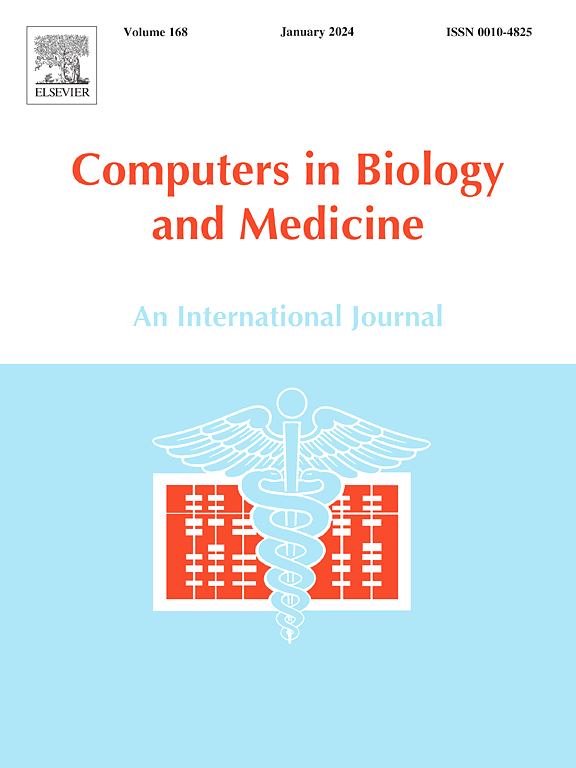QMaxViT-Unet+: A query-based MaxViT-Unet with edge enhancement for scribble-supervised segmentation of medical images
IF 7
2区 医学
Q1 BIOLOGY
引用次数: 0
Abstract
The deployment of advanced deep learning models for medical image segmentation is often constrained by the requirement for extensively annotated datasets. Weakly-supervised learning, which allows less precise labels, has become a promising solution to this challenge. Building on this approach, we propose QMaxViT-Unet+, a novel framework for scribble-supervised medical image segmentation. This framework is built on the U-Net architecture, with the encoder and decoder replaced by Multi-Axis Vision Transformer (MaxViT) blocks. These blocks enhance the model’s ability to learn local and global features efficiently. Additionally, our approach integrates a query-based Transformer decoder to refine features and an edge enhancement module to compensate for the limited boundary information in the scribble label. We evaluate the proposed QMaxViT-Unet+ on four public datasets focused on cardiac structures, colorectal polyps, and breast cancer: ACDC, MS-CMRSeg, SUN-SEG, and BUSI. Evaluation metrics include the Dice similarity coefficient (DSC) and the 95th percentile of Hausdorff distance (HD95). Experimental results show that QMaxViT-Unet+ achieves 89.1% DSC and 1.316 mm HD95 on ACDC, 88.4% DSC and 2.226 mm HD95 on MS-CMRSeg, 71.4% DSC and 4.996 mm HD95 on SUN-SEG, and 69.4% DSC and 50.122 mm HD95 on BUSI. These results demonstrate that our method outperforms existing approaches in terms of accuracy, robustness, and efficiency while remaining competitive with fully-supervised learning approaches. This makes it ideal for medical image analysis, where high-quality annotations are often scarce and require significant effort and expense. The code is available at https://github.com/anpc849/QMaxViT-Unet.

求助全文
约1分钟内获得全文
求助全文
来源期刊

Computers in biology and medicine
工程技术-工程:生物医学
CiteScore
11.70
自引率
10.40%
发文量
1086
审稿时长
74 days
期刊介绍:
Computers in Biology and Medicine is an international forum for sharing groundbreaking advancements in the use of computers in bioscience and medicine. This journal serves as a medium for communicating essential research, instruction, ideas, and information regarding the rapidly evolving field of computer applications in these domains. By encouraging the exchange of knowledge, we aim to facilitate progress and innovation in the utilization of computers in biology and medicine.
 求助内容:
求助内容: 应助结果提醒方式:
应助结果提醒方式:


